NeuroGI
Exploring the gut-brain connection to solve brain disorders

Goal | Imaging and modulation of the gut-brain axis
Status | ongoing
Timeframe | 2021 – 2028
Area of Research | Neuro visualization technology
Partners | ERC, INSERM, University of Strasbourg
Lead | Michalina Gora

Neuro-endoscope to measure and modulate the functional state of the enteric nervous system towards gut-brain connection therapeutics
This collaborative project is developing innovative neurotechnologies to explore the frontiers of the neurogastrointestinal (NeuroGI) connection towards novel approaches for the diagnosis and treatment of brain disorders. The project has received funding from the European Research Council (ERC) under the European Union’s Horizon 2020 research and innovation program.

The gut-brain axis
The digestive tract is controlled by an extensive network of neurons known as the enteric nervous system (ENS). Comprising more than half a billion neurons, the ENS controls gut motility, nutrient absorption, immune regulation, and defense, and is sometimes thought of as a miniature second brain. Gut neurons form a wide network of cells interconnected by fibers throughout the gastrointestinal tract that directly connects to the central nervous system. Locally, this network controls the movement of food along the tract, immune responses, the secretion of molecules to modulate nutrient absorption, and the dilation of vessels to adapt oxygen supply and nutrient transport.
80 to 90 percent of nerve fibers transmit physiological signals from the gut to the brain thus forming the gut-brain axis pathway. This communication is known to affect mood, appetite and memory.
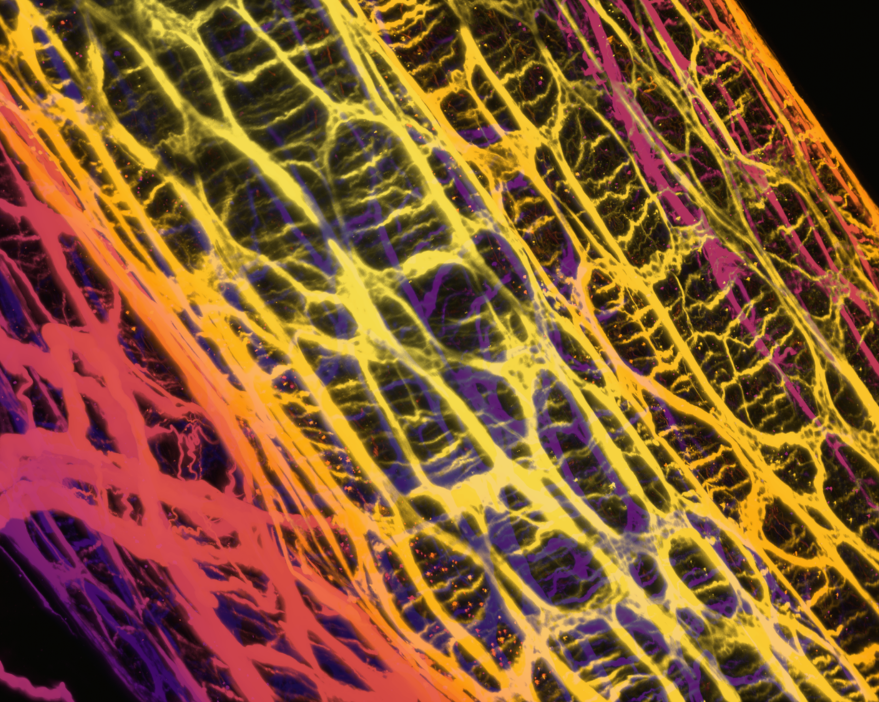
Healthy gut – happy brain?
Colonies of microbes in our gut also affect our brain. These gut microbiota produce over 50 percent of the dopamine in the body and 90 percent of the serotonin – both important neurotransmitters in the brain that influence feelings of pleasure and happiness. The increasing evidence that brain function is linked to gut health is leading scientists to explore the gut-brain connection in search of biomarkers and new treatment approaches for diseases including Parkinson’s disease, dementia and depression.
Despite the emerging realization of the importance of the ENS for brain and digestive health, there is no single solution to monitor the morphology and function of the ENS and its microbiota nor determine how it may change in the context of disease. Tackling the technical challenges to enable investigations of the gut-brain connection could pave the way for innovative therapies to solve major brain disorders.
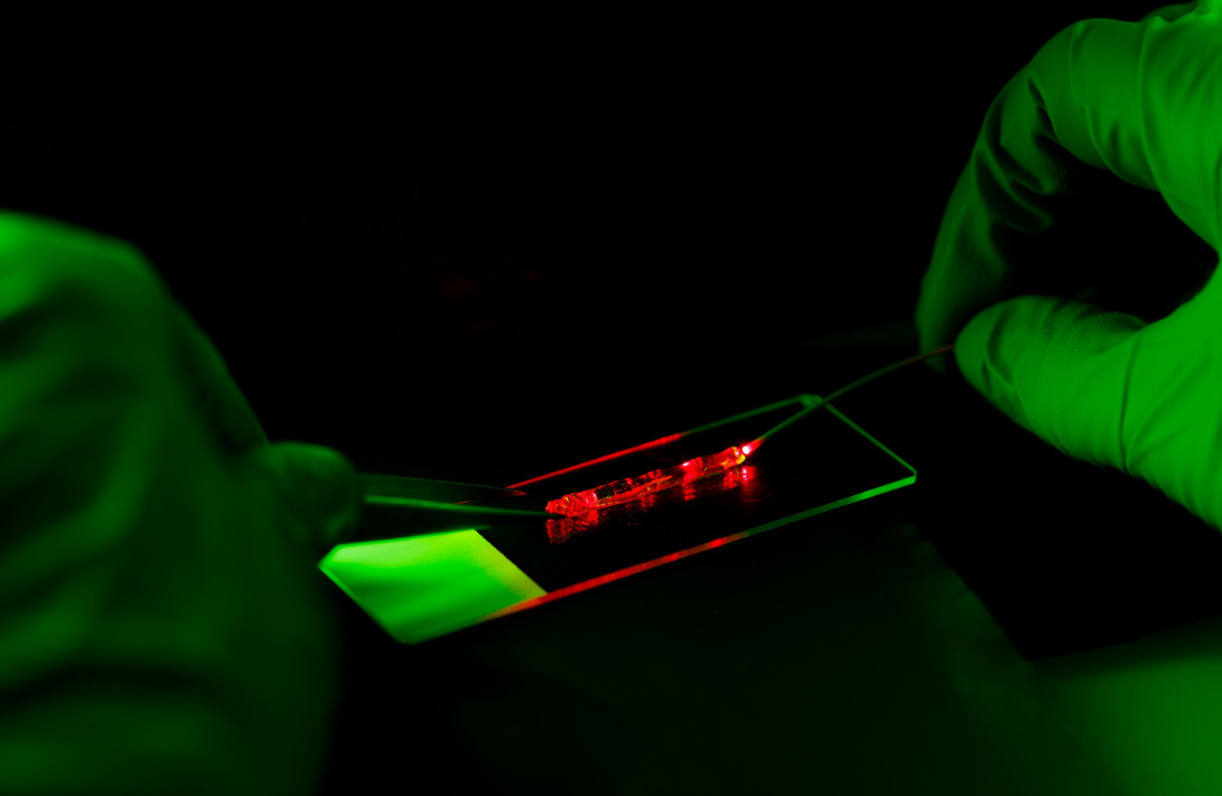
Harnessing neurotechnologies to explore the frontiers of the gut–brain axis
Our team developed a neuro-endoscope capable of measuring and modulating the functional state of the gut in-vivo in small animals. With an improved design we can observe complex patterns of electrophysiology biopotentials and resulting tissue morphology changes with optical coherence tomography. This technology has the potential to address an unmet clinical need to diagnose patients with dysfunction of the gut-brain interaction and become a tool to advance our understanding of this interaction in the context of neurodegeneration and neuropsychiatric diseases.
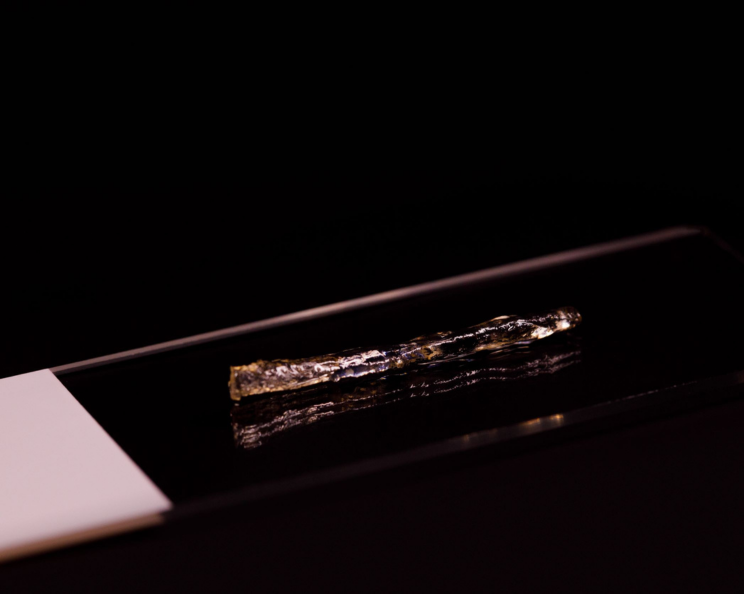
Initially developed for pre-clinical investigation, the goal is to deploy the technology and its findings to improve patient management. Critical steps to reach the patient have been integrated into the project from the outset. These include working with tissue samples from Parkinson’s and Alzheimer’s disease patients, as well as ensuring that all materials and procedures are appropriate for translation to people.
The team is also using advanced imaging to collect high resolution microscopic images of large sections of intestine to better understand the morphology of gut neurons and to collect design inputs for the device. One of the challenges in advancing the field of the gut-brain axis research is lack of knowledge about processing gut tissue samples. The team is defining a simplified protocol for handling and preparation of gut samples in both normal and disease conditions.
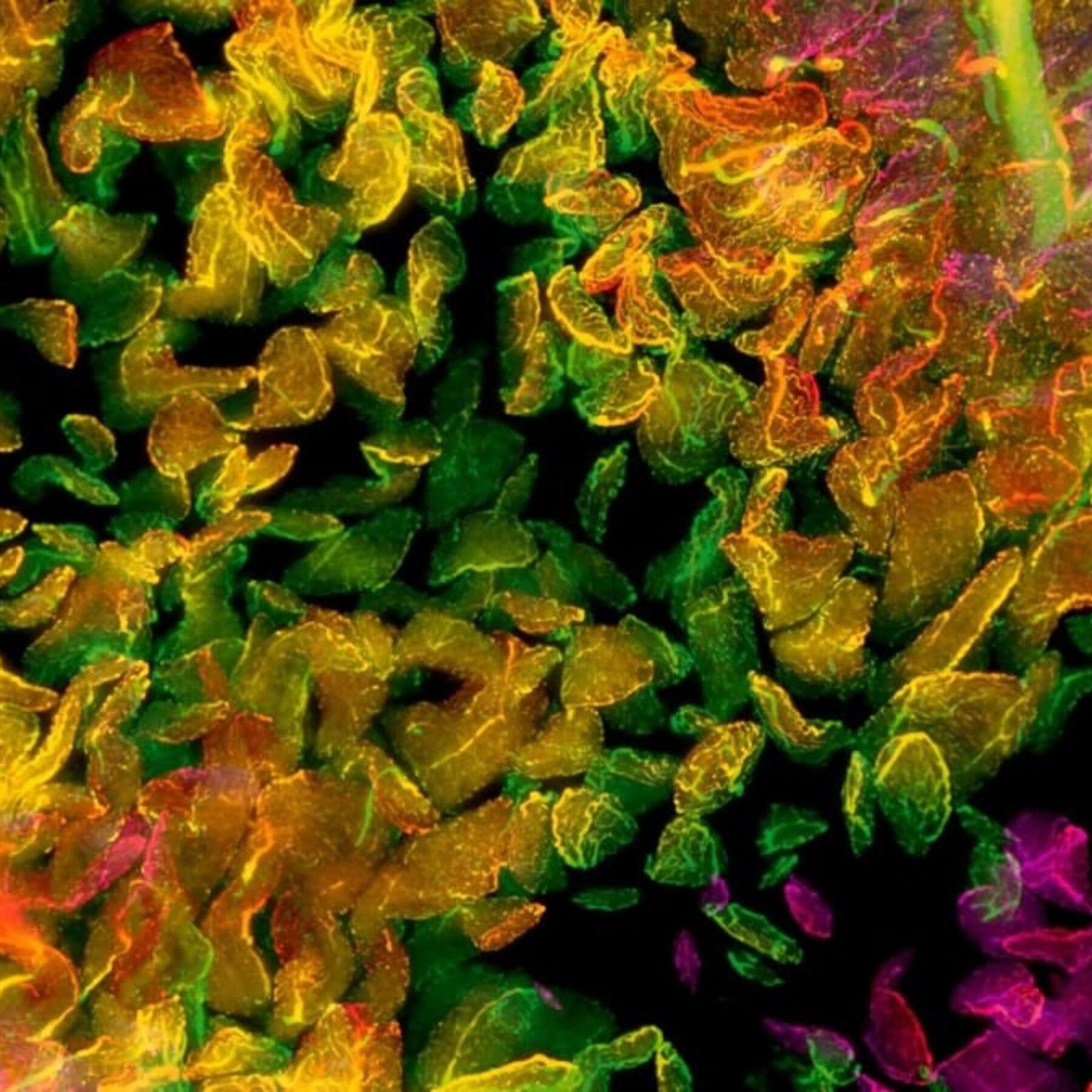
3D image of intestinal vili in the mouse imaged with Lightsheet Microscope. Click to know more about Lightsheet microscopy
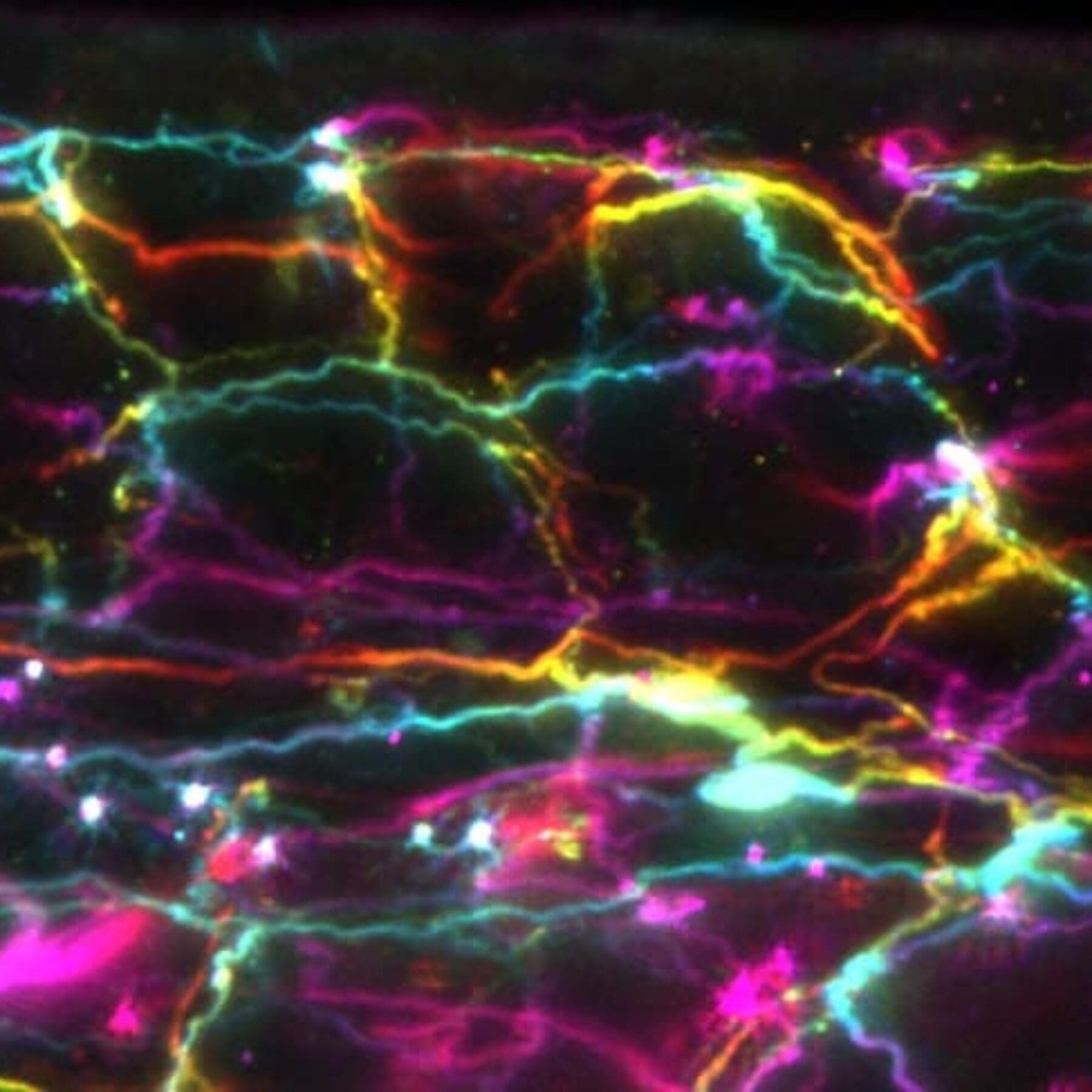
Mouse neuronal network surrounding the gut. Colour represents the strength of the fluorescent signal. Click to know more about Lightsheet microscopy

Cellular skeleton of human neurons, responsible for detecting molecular signals from the gut’s lumen. Click to know more about Lightsheet microscopy

